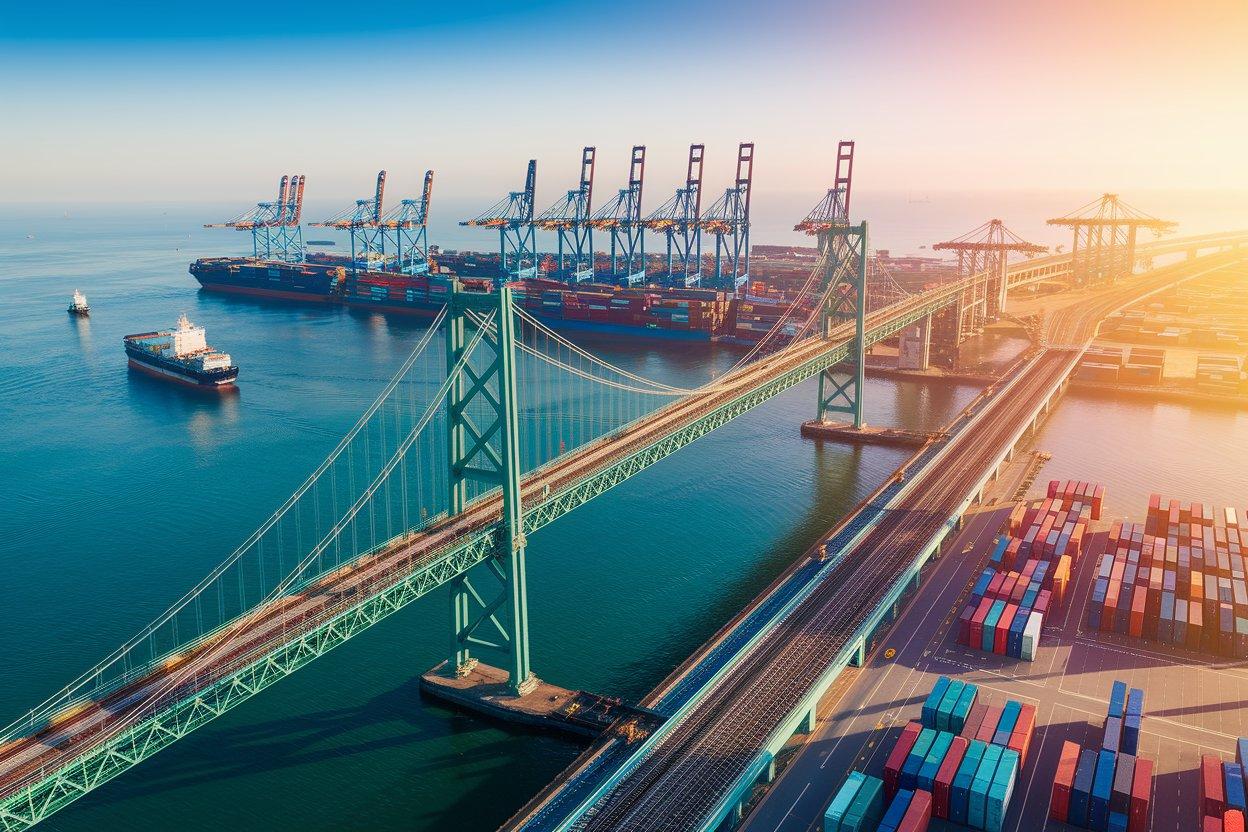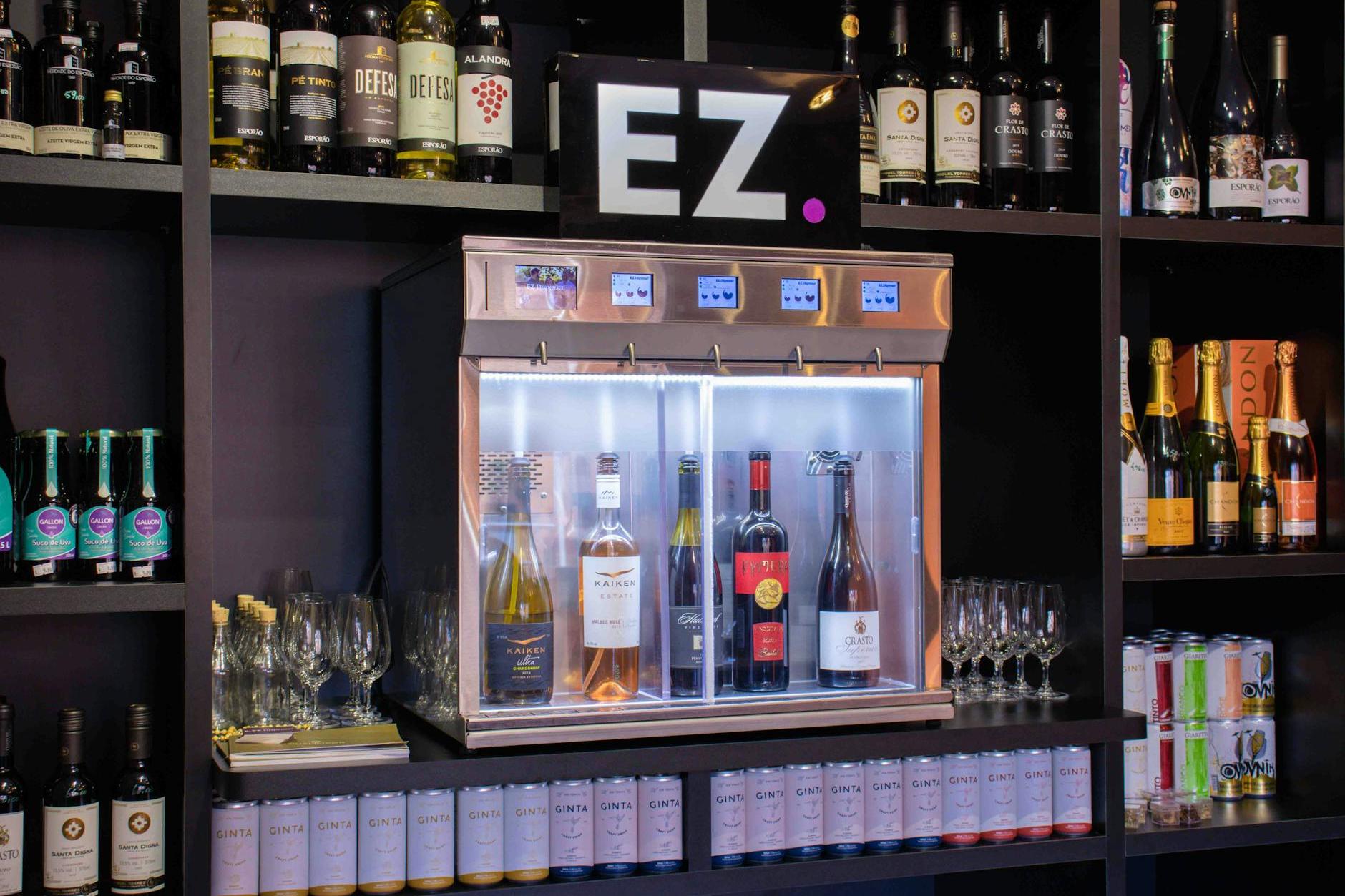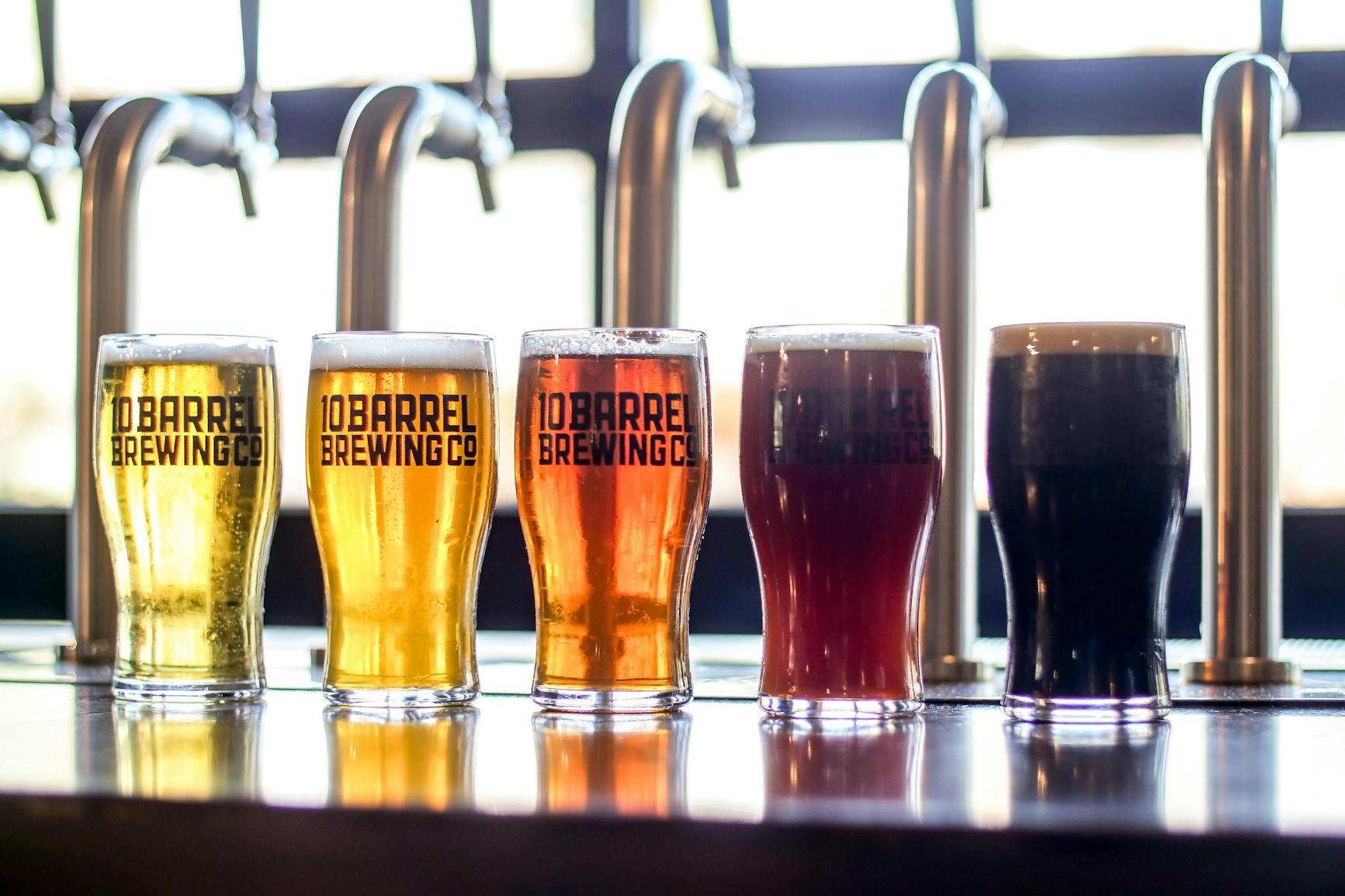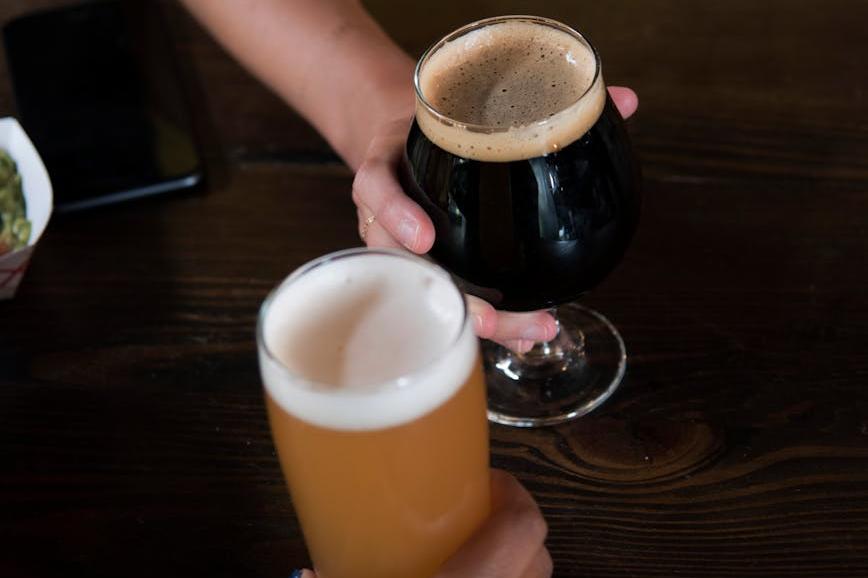- Shanghai Zhongshen International Trade Co., Ltd. - Two decades of trade agency expertise.
- Service Hotline: 139 1787 2118

The ID card dilemma of German beer: Potholes weve stepped into over the years
Last year, an old client enthusiastically sent a quote from a craft brewery in Munich, only to have the product filing rejected by customs. The reason? The German manufacturerscertificate of origindidnt include the updatedReinheitsgebot(Beer Purity Law) supplementary clauses. Such seemingly minor documentation differences often cost importers months of rectification.
- Core qualification requirements:
- Manufacturers HACCP certification (must include Chinese translation)
- Verification of correspondence between EU organic certification and domestic organic product catalog
- Dual-standard test reports for alcohol content and malt degree
- Common documentation pitfalls:
- German breweries commonly use Originalwort to indicate concentration
- Chinese labels must simultaneously display original wort concentration and alcohol content
- Canned packaging must include avoid direct sunlight warning
Hidden landmines in customs clearance processes:
During one urgent customs clearance, we encounteredDeclared price dispute: Customs deemed the declared value lower than the reference price range published by the German Brewers Association. By providing the original contract for end-of-season clearance, payment receipts, and logistics tracking, we ultimately completed compliant declaration. This reveals three key control points:
- Tariff calculation basis:
- Beer with malt degree >10°P is subject to 14% tariff + 17% VAT
- Transportation insurance costs must be listed separately (some German manufacturers habitually provide bundled quotes)
- Handling of Special Situations:
- Pre-clearance review for seasonal promotional product pricing
- Precise control of duty-free allowances for sample imports
The Golden 72-Hour rule for cold chain logistics
When dark beer encountered 40℃ at Shenzhens Yantian Port, a batch of goods experiencedyard temperature control failureleading to secondary fermentation of yeast. Thethree-stage temperature control contingency planwe established has served over 200 containers:
- Maritime TransportationStage: Maintain 5-8℃ throughout (2℃ lower than regular beer)
- Port temporary storage: Equipped with mobile refrigerated containers
- Last-mile delivery: GPS tracking system with temperature sensors
When Bavarian tradition meets Eastern tastes
After a German wheat beer entered the market through conventional channels, feedback showed30% of consumers found the bitterness level too high. Our adjustment solutions included:
- Product portfolio strategy: Forming a product matrix with honey/fruit-flavored series
- Scenario-based marketing: Associating with barbecue scenes to reduce taste impact
- Packaging improvement: Changing from 500ml to more single-serving-friendly 330ml cans
From hop variety selection to terminal shelf display, every step requires professionalcross-cultural trade adaptation capabilities. Like last years successful case helping a brand launch: By adjusting the proportion of castle elements in label design, product recognition increased by 40%.
Four value anchors for choosing agency services
- Customs declaration error rate:Excellent agencies should maintain below 0.5%
- Emergency response speed:Providing solutions within 2 hours
- Localized database:Containing import alert records for German beer over the past three years
- Supply chain visibility:Real-time tracking with no fewer than 15 nodes
I remember during a pre-holiday peak season, we predicted port congestion and switched to Qingdao Port 72 hours in advance, securing valuable Spring Festival timing for clients. Such decisions based onPreparatory work: 80% of importers have fallen into these trapsare precisely the core value of professional agencies.
Related Recommendations
Category case
Get in Touch
Email: service@sh-zhongshen.com
Related Recommendations
Contact via WeChat

? 2025. All Rights Reserved. Shanghai ICP No. 2023007705-2  PSB Record: Shanghai No.31011502009912
PSB Record: Shanghai No.31011502009912









